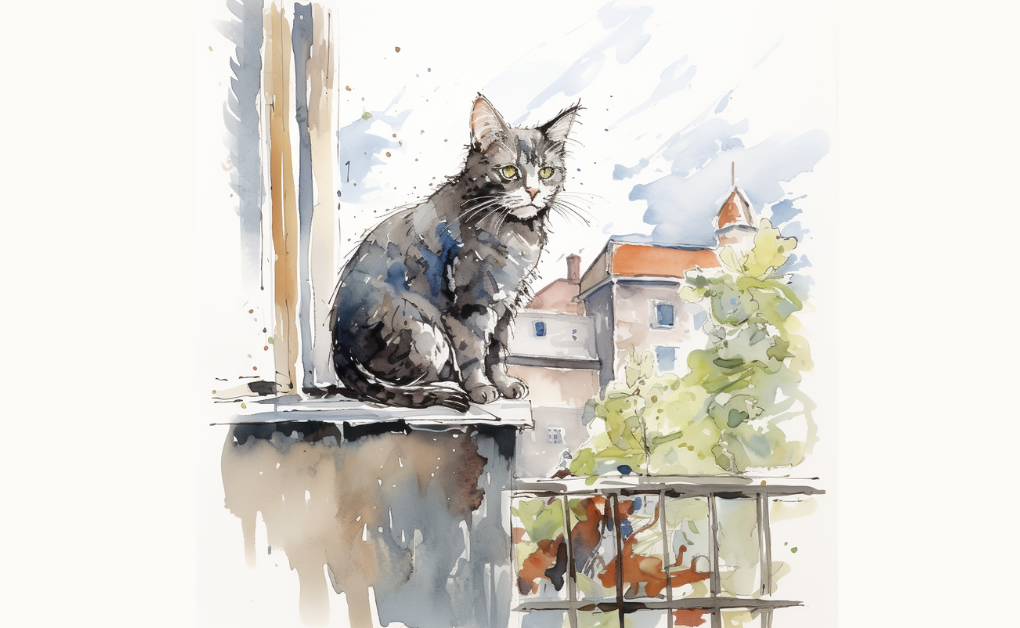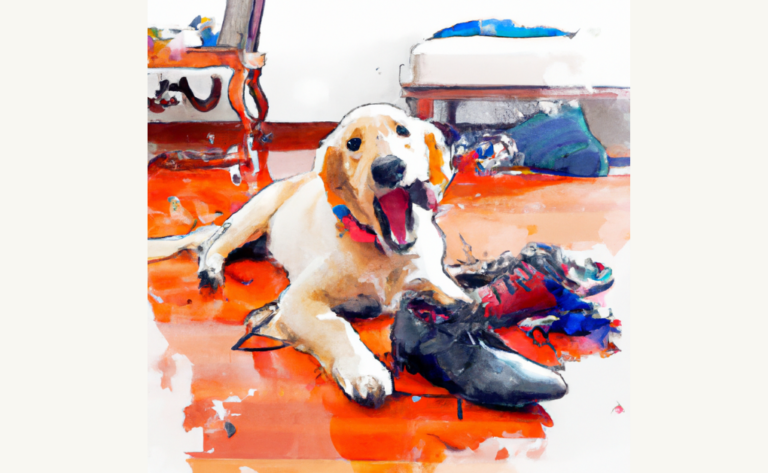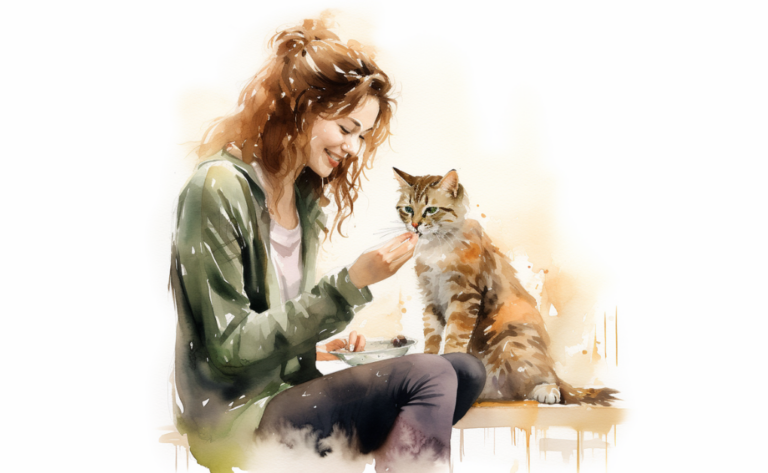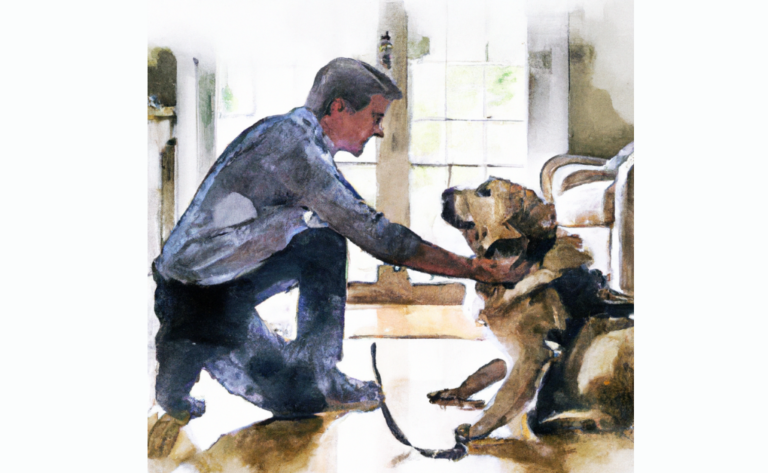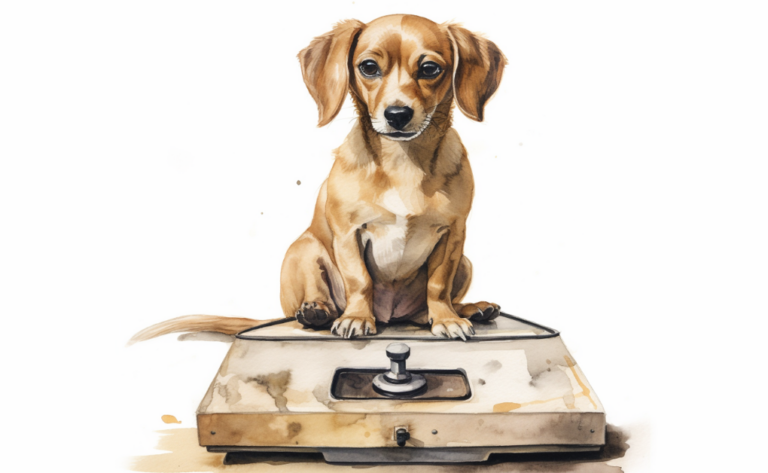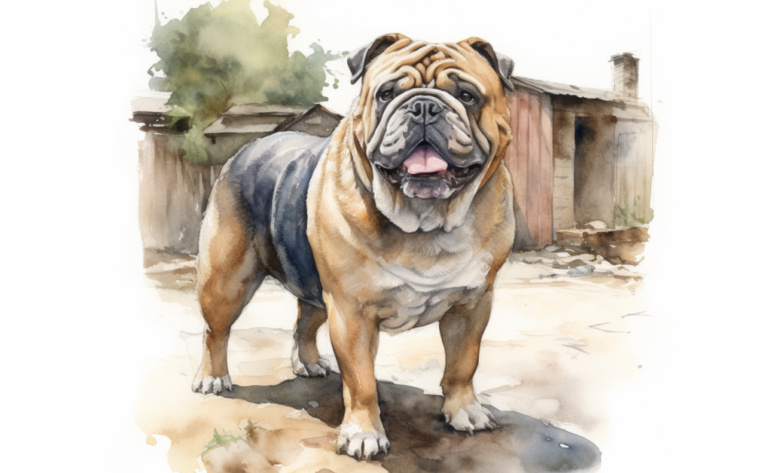Why Does Cat Poop Look Weird?
Introduction
When Lucy first noticed her cat Whiskers’ unusual-looking poop in the litter box, her curiosity and concern immediately piqued. She couldn’t help but wonder if this was a normal occurrence or if it was a sign of an underlying issue that needed attention. Determined to get to the bottom of this mystery, Lucy embarked on a mission to uncover the reasons behind the odd appearance of Whiskers’ poop.
Sometimes cats just aren’t feeling well, and their poop looks weird. Most times, cats’ poops look normal. It’s only when something else is going on that we notice anything unusual. But here’s the thing… When your cat has diarrhea, he needs help. And if you see his poop looking weird, it’s probably not normal. So if you suspect your cat has diarrhea, you should call your vet immediately. Please don’t wait until it worsens because it will only worsen matters.
What Does a Healthy Cat Poop Usually Look Like?
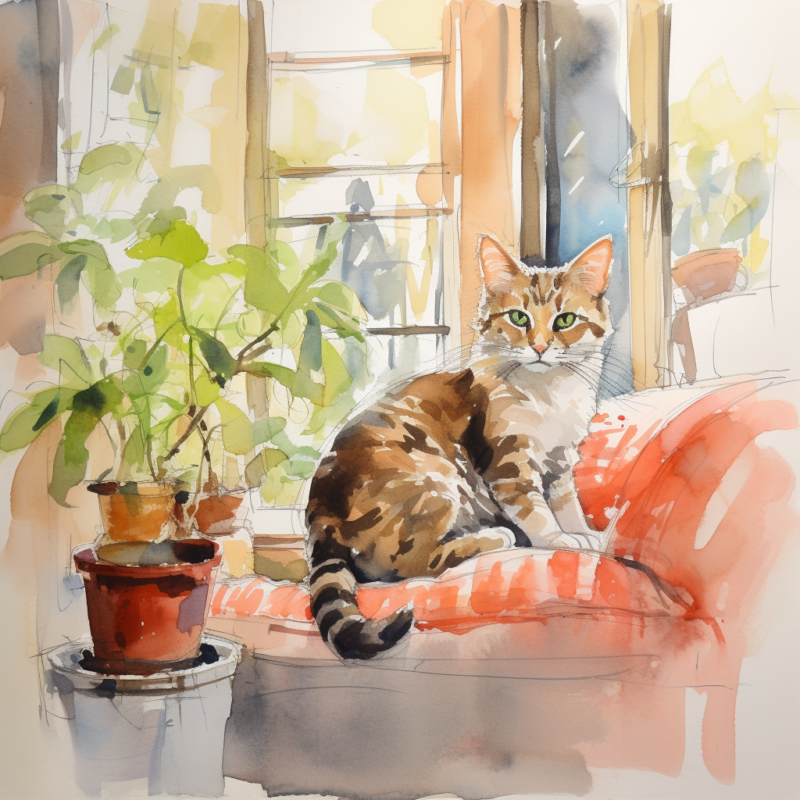
According to a Purina guideline, a healthy stool consistency may be rated on a scale of 1 to 7. There are different types of cat poop, but normal cat poop should be brown. A healthy one should have a firm, pliable consistency. It should leave no residue when picked up with your fingers. Any liquid present should be clear to slightly yellowish An abnormal poop appearance is a common complaint.
Many things can cause an abnormal poop appearance, including constipation, diarrhea, or obstructions in the digestive system. Some other causes of an abnormal poop appearance include problems with the liver or intestines. If you have any questions about what might be causing your cat’s poop to look unusual, check with your veterinarian.
What are Some Cat Poop Issues?
Cats produce waste every day, and it smells pretty good. But sometimes, some things about your cat’s poo don’t smell quite right. For example, if your cat isn’t eating enough, he’ll likely start producing softer feces. This could indicate that his body is trying to conserve energy, or he might be bored. On the other hand, suppose you notice changes in your cat’s behavior, such as lethargy, lack of interest in food, or increased aggression toward people or animals. In that case, it’s best to take him to the vet immediately.
When it comes to the consistency of your cat’s poo, there are two things to keep in mind:
- Normal – Firm, Pliable, No Residue
- Loose – Soft, Fluffy, Runs Off Easily
It’s normal for your cat’s poop to be firm and pliable. However, sometimes your cat’s poop can get loose and fluffy. Always keep an eye on your cat’s poop. It will tell you a lot about your cat’s overall health.
Constipation in Cats
Hard, dry stools are a sign of constipation. If your cat is constipated, it probably won’t feel comfortable to pass stools because they hurt during defecation. Constipated cats spend most of their time sleeping, hiding, or licking themselves clean. You can add extra cat fiber by adding bran flakes to her meals.
To ensure your cat isn’t suffering from constipation, keep track of his poops. This way, you’ll know if there’s something wrong.
If your cat isn’t producing enough stool, he could be dehydrated. Make sure your cat gets plenty of water. You can offer him a wet food dish or a bowl of warm water next to his bed.
Your cat may also benefit from regular exercise. Exercise helps build muscle mass, which makes pooping easier. For example, take your cat outside to run around for 10 minutes daily. Or take him on walks around the neighborhood.
Diarrhea in Cats
Diarrhea can cause your cat’s stool to become loose and wet, leading to a foul odor. For example, your cat might produce diarrhea if she overeats grass, hay, or grain. She might also experience diarrhea if stressed out, especially if exposed to loud noises, smells, or sudden movements. Cats also sometimes suffer from intestinal parasites, which can cause loose stools and your cat’s poop smell.
Other Cat Stool Problems
Cats are often thought of as clean animals, but there are some things you need to know about their poops.
If your cat seems sick or has diarrhea, it could be because he ate something poisonous. If he vomits, he might have overeaten food. And if his stools look loose or watery, he needs to see a veterinarian immediately. The 6th most common medical problem for cats in 2015, according to petinsurance.com, was “intestinal upset/diarrhea.”
Here are some other signs that your cat might be ill:
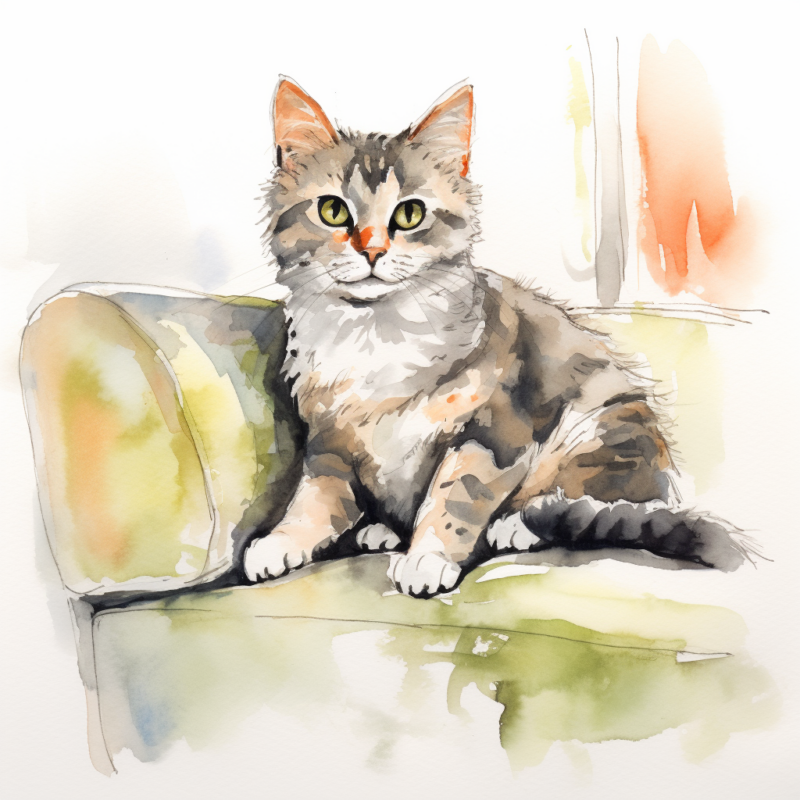
- He acts lethargic, depressed, or unmotivated.
- His eyes seem dull or sunken into his head.
- He doesn’t eat well.
- He has trouble breathing.
Foreign Objects in Your Cat’s Stool
Your cat might look adorable, but it could also harbor serious health issues. Foreign bodies in your cat’s poo usually show a problem, and you shouldn’t wait too long to address them. Cats can’t digest these objects, and they may end up in your pet’s stool.
- Hairball
A hairball is most common in cats’ stools, but many other foreign objects can obstruct your pet’s gastrointestinal tract. These include bones, toys, thread, toothbrush bristles, cotton balls, rubber bands, and dental floss.
If your cat eats something that doesn’t agree with him, he’ll likely try to expel it out of his butt. But sometimes, the object gets stuck inside him, causing blockages and potentially dangerous conditions.
You can help prevent this by ensuring your cat isn’t eating anything hard to digest. You can also make sure that he always has access to water. Finally, if he starts having problems, contact your veterinarian immediately.
- Rubber Band
A rubber band is a common foreign body found in cat feces. If your cat eats one, it could cause serious internal injuries. Your veterinarian might recommend x-rays or endoscopy to determine whether there’s anything else inside your kitty.
- Tape
If your cat swallows tape, it could lead to blockage in the esophagus. Therefore, it would be best to take him to the vet immediately.
- Plastic Bags
Your cat may try to hide plastic bags in his litter box because he thinks they’re toys. This behavior isn’t normal — especially since plastic bags are dangerous to animals. So be sure to keep your trash out of reach.
Your Cat Pooping Outside Its Litterbox
.If you’re like most people, your cat probably doesn’t poop inside the box. Instead, she’ll go out into the yard and do her business there. And while it might seem cute now, it could cause problems later.
If your cat isn’t getting enough exercise, she might start going outside to relieve herself. Unfortunately, this could lead to several health issues, including urinary tract infections, kidney disease, obesity, diabetes, and cancer.
A clean litter box is essential because cats’ waste contains bacteria that can cause illness.
But if you’ve been using the same type of litter box for months, you may have noticed some changes. For example, maybe there’s less odor coming from the box now. Or the litter disappears faster. These things are fine, but they could indicate that your cat isn’t happy with how things work.
If you notice that your cat is spending more time outside the litter box, it could mean he’s feeling stressed. On the other hand, he could be trying to tell you something. You have to figure out what he wants you to know.
- The first step is to track where your cat goes to poop.
- Then, try to determine why he’s choosing to go outside. Is he avoiding the litter box due to stress? Are you cleaning too often? Have you changed the litter? Do you have enough food?
- Once you understand why your cat is going outside, you can work on getting him back inside. Start by making sure that the litter box is cleaned regularly. Cleaning once every three days is usually sufficient. Don’t use harsh chemicals or abrasives, though. Instead, use warm water mixed with mild soap. Rinse the box thoroughly afterward.
- Consider adding another litter box. This can give your cat a place to relieve himself without having to venture into public areas. Of course, adding a second box will only solve some things, but it can help.
- Make sure that your cat gets plenty of exercises. Exercise helps reduce stress levels, and cats are happier when they’re active. In addition, ensure that your cat gets regular playtime indoors or outside. Playtime lets your cat burn off energy and allows him to socialize with people and other animals.
Your Cat’s Poop Has a Specific Color.
Your cat’s poop can change colors for many different reasons. The most common reason is that your cat has an upset stomach. If this happens, then your cat’s stool may appear greenish-yellow. This is called “green vomit.”
Another reason your cat’s poop could look strange is that your cat has overeaten food. Some foods contain ingredients that can cause your cat to produce more water than usual. This can result in stools that are very soft and runny.
- Black
Black cat poop indicates an issue with your cat’s gastrointestinal tract. Black poop can also mean kidney disease. If you notice black poop consistently, you must take your cat to the vet for a checkup.
- Yellow
Yellow cat poop is a sign of liver problems. Yellow cat poop can also indicate pancreatitis. There are other possible causes as well. Your veterinarian will need to examine your cat to determine what is causing the yellowing.
- Red Streaks
Red streaks in your cat’s poo indicate internal bleeding. Blood in the stool could mean serious problems, such as intestinal issues. But it doesn’t always suggest something wrong. For example, it’s standard for cats to drop small amounts of blood into their litter box. So if you notice blood in your cat’s stool, don’t panic — there are ways to deal with it.
Take your cat to the vet immediately if you see blood in its stool. This could signify a medical issue, including internal bleeding, kidney disease, liver disease, gastrointestinal ulcers, pancreatitis, and urinary tract infections. In addition, your veterinarian will likely recommend taking your cat to the emergency room if blood appears in their urine, vomit, or saliva.
If your cat isn’t showing symptoms of an underlying health problem, there are some things you can do at home to help prevent further blood loss. First, ensure your cat gets plenty of water and food daily. Second, try changing your cat’s diet to one without red meat. Third, keep them away from sharp objects. Fourth, clean up any accidents promptly. Finally, talk to your vet about how to manage your cat’s bowel movements.
- Light Brown/ Yellow
Light brown/yellow cat poop suggests problems with your cat’s liver and gallbladder. Light brown/yellow cat poop can also indicate kidney disease. Some cats develop light brown poop due to a diet high in fat.
- White Spots
White spots mean your cat has an issue with their intestines. Your cat may have an infection of some kind. It can also mean your cat may have worms, parasites, or a urinary tract infection (UTI).
Reasons Why Your Cat Has a Poop Problem
- Your cat eats too many vegetables. Vegetables contain fiber, which helps move waste along the intestines. Cats who eat too many veggies tend to produce loose, watery stools.
- Your cat eats raw bones. Bones contain calcium, which helps form strong teeth and bones. However, bare bones are hard to digest, causing them to remain in the stomach longer. This causes your cat to produce more complex, dry stools.
- You feed your cat table scraps. Table scraps include chicken skin, cheese rinds, and bread crusts. These foods aren’t meant for cats, and they cause your cat to produce soft, mushy stools.
Tips on How to Prevent Your Cat from Having Weird Poop
- Feed your cat fewer treats. Treats are great rewards for good behavior but can interfere with regular bowel movements. Instead, try feeding your cat only once daily, and give them a treat after each meal.
- Keep your cat away from the litter box. Litter boxes are designed for cats to use, not dogs. Dogs need to relieve themselves outside, where there’s room to run and play. Cats should avoid being near the litter box at all times.
- Make sure your cat has plenty of fresh drinking water. Water keeps your cat hydrated, helping them flush body waste.
- Use a scoopable litter box liner. Scoopable liners keep messes contained within the box, making cleanup easier.
- Clean your cat’s litter box regularly. Regular cleaning prevents odor problems and reduces the risk of disease.
Frequently Asked Questions
Disclaimer: The information provided on this veterinary website is intended for general educational purposes only and should not be considered as a substitute for professional veterinary advice, diagnosis, or treatment. Always consult a licensed veterinarian for any concerns or questions regarding the health and well-being of your pet. This website does not claim to cover every possible situation or provide exhaustive knowledge on the subjects presented. The owners and contributors of this website are not responsible for any harm or loss that may result from the use or misuse of the information provided herein.

